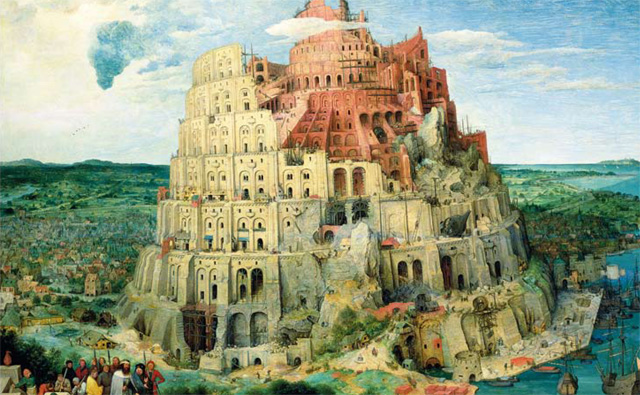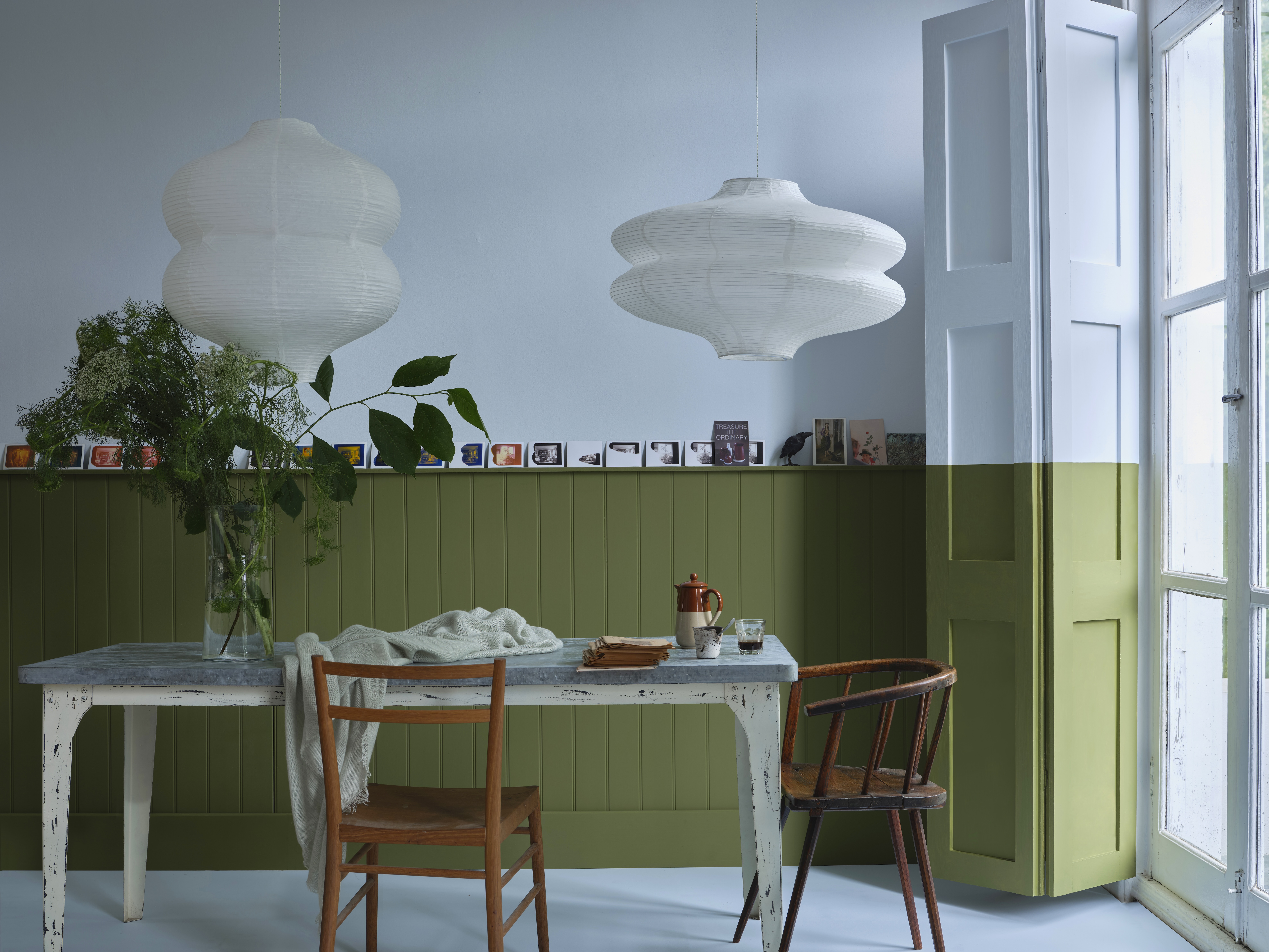My Favourite Painting: Honeysuckle Weeks
Honeysuckle Weeks chooses her favourite painting for Country Life.


The Tower of Babel, 1563, 24in by 29in, by Pieter Bruegel the Elder (about 1525–69), Kunsthistorisches Museum, Vienna. Bridgeman Images.
Honeysuckle Weeks says: ‘Why? A dream-like, impossible building, which nonetheless champions human endeavour. The tower is built so that all nations can live peacefully together under one roof and speak the same tongue. Yet world peace seems difficult to achieve. The tower itself is not built in concentric circles, but in a spiral shape, hence none of the ceilings are straight…Some of the columns on the bottom rung are already mouldering. The structure looks fantastical and utterly unstable. I love it because the painting reminds me of the absurd nobility of Man… Attempting Utopia and achieving a termite mound.'
Actress Honeysuckle Weeks stars with Ian McKellen in Radio 3’s Widowers’ Houses by George Bernard Shaw in February.
Art critic John McEwen comments: 'At least half a dozen of Pieter Bruegel the Elder’s pictures must rank among the most famous in the world. His work covers a range of media and subjects high and low, paintings, drawings and prints: Old and New Testament scenes, mythologies, allegories, satires, landscapes, summer and winter scenes, tavern scenes. During his life, he earned the nickname ‘Pier den Drol’ because of his eye for the absurd. Posthumously, he was called ‘peasant’ Bruegel.
It is only since about 1900 that his art has recovered the fame it enjoyed when he lived, his robustly non-academic and critical attitude as applicable as ever. Circumstances change —we do not. Bruegel painted two versions of the Tower of Babel; this is the first. It shows the huge building at an earlier stage of construction and is less foreboding than the later picture. In the foreground, King Nimrod inspects the progress. Every ambitious northern artist in the 16th century completed his education with a visit to Italy. Bruegel was there between 1553 and 1554 and saw the Colosseum, the inspiration for his tower.
Apparently, he made an even earlier painting of the subject in miniature on ivory for a friend in Rome. The ivory is lost, but the evidence stands, giving credence to the story that he learned miniaturisation as part of his Flemish apprenticeship.This picture is characteristically full of minute details. The tower in Genesis was intended to reach Heaven, but God stopped the vain glorious project by introducing a confusion of languages.So the city where it stood was called Babel, or Babylon, meaning ‘confusion’.'
This article was first published in Country Life, January 19, 2011
Sign up for the Country Life Newsletter
Exquisite houses, the beauty of Nature, and how to get the most from your life, straight to your inbox.
Country Life is unlike any other magazine: the only glossy weekly on the newsstand and the only magazine that has been guest-edited by HRH The King not once, but twice. It is a celebration of modern rural life and all its diverse joys and pleasures — that was first published in Queen Victoria's Diamond Jubilee year. Our eclectic mixture of witty and informative content — from the most up-to-date property news and commentary and a coveted glimpse inside some of the UK's best houses and gardens, to gardening, the arts and interior design, written by experts in their field — still cannot be found in print or online, anywhere else.
-
 Some of the finest landscapes in the North of England with a 12-bedroom home attached
Some of the finest landscapes in the North of England with a 12-bedroom home attachedUpper House in Derbyshire shows why the Kinder landscape was worth fighting for.
By James Fisher
-
 John Sutcliffe — The man, the myth and the paint-naming legend behind Dead Salmon and Elephant's Breath
John Sutcliffe — The man, the myth and the paint-naming legend behind Dead Salmon and Elephant's BreathBy Carla Passino
-
 My favourite painting: Allan Mallinson
My favourite painting: Allan MallinsonMilitary historian Allan Mallinson picks an image of 'faith, generosity and ultimate sacrifice'.
By Charlotte Mullins
-
 My Favourite Painting: Piet Oudolf
My Favourite Painting: Piet Oudolf'One cannot sense whether he is far out on the ocean or closer to shore, or what he may be watching or feeling in that moment as he stares towards the beach.’
By Country Life
-
 My Favourite Painting: Mary Plazas
My Favourite Painting: Mary Plazas'There is compassion, awe, humility, a knowing yet a questioning in the glistening eyes. It moves me, it inspires me beyond the need to know.’
By Country Life
-
 My favourite painting: Robert Kime
My favourite painting: Robert KimeRobert Kime shares his fondness for New Year Snow by Ravilious
By Country Life
-
 My Favourite Painting: Anna Pavord
My Favourite Painting: Anna PavordAnna Pavord chooses a picture which reminds her of where she grew up
By Country Life
-
 My favourite painting: The Duchess of Wellington
My favourite painting: The Duchess of WellingtonThe Duchess of Wellington chooses her favourite painting for Country Life.
By Country Life
-
 My favourite painting: Maureen Lipman
My favourite painting: Maureen LipmanMaureen Lipman chooses her favourite painting for Country Life.
By Country Life
-
 My favourite painting: Jacqueline Wilson
My favourite painting: Jacqueline Wilson'I looked at this painting and decided to write about a Victorian circus girl one day'
By Country Life